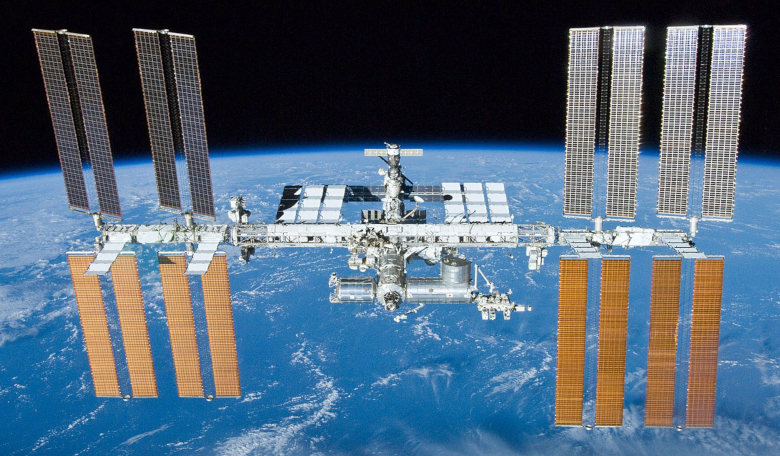According to Russian government news agency RIA Novosti, the International Space Station (ISS) has in the last week suffered a string of failures resulting in a number of systems being shut down, including the oxygen supply in the Russian segment and one of the four gyroscopes that support the station's orientation in space.
Just two weeks ago Russian manufacturer RSC Energia, the prime developer and contractor of the Russian crewed spaceflight program, suggested that a number of elements aboard the off-world laboratory were on the verge of catastrophic failure. As such said Energia, Russia should focus on completing its own orbital station instead.
Aside from a year long air leak that has since been detected with the aid of a tea bag, the station’s Electron-VM Oxygen Generation System (OGS), a system designed to deliver oxygen onboard the ISS, failed three times in October during one week.
As of 12 December, 2020, the "Electron-VM" was facing its fourth failure of the year. This time, an emergency shutdown of the Electron occurred due to low pressure in the system.
According to news by Novosti, cosmonaut Sergei Ryzhikov reported the shutdown to the Mission Control Center near Moscow on Saturday, adding that multiple attempts to turn on the system had not met with success.
The failure had also coincided with the shutdown of the vacuum cleaner used for cleaning on the Russian segment of the ISS say the reports and experts on Earth are now dealing with the problem.
Although a main source of oxygen for the crew, there are other oxygen reserves available both within the US Tranquility module which houses the OGS oxygen production system and on cargo ships arriving at the station. No concerns regarding crew safety have been announced following this latest breakdown.
Adding to the woes is an apparent failure in the power supply system in the American module, which has resulted in some of the equipment being turned off.
The International Space Station is powered by light from the Sun which is captured by a number of solar panels attached to the US Segment, the Russian Service Module (SM) and the Functional Cargo Block (FGB).
However, because the station is often not in direct sunlight, it relies on rechargeable lithium-ion batteries to provide continuous power to ensure that the station can sustain life-support systems during the 35 minutes of every 90 minute orbit that the station cannot use the solar arrays.
When the solar arrays stop gathering power, these batteries begin to discharge to maintain the electrical loads required by the ISS.
But, reports by RIA Novosti say that a battery discharge-charging unit on one of the eight large solar array wings on the US Segment had turned off. US astronaut Kathleen Rubins was informed of the failure by a specialist at the Houston Mission Control Center say the news agency.
As a result, the power supply to one of the eight channels of the segment was reduced by a third.
This in turn has led to a number of systems in the American Unity module being turned off, including the computer, one of the four gyroscopes that support the station's orientation in space and the high-speed communication link with Earth.
Currently, the ISS has a packed house with Russian cosmonauts Sergei Ryzhikov and Sergei Kud-Sverchkov, American astronauts Kathleen Rubins, Michael Hopkins, Victor Glover and Shannon Walker, and JAXA astronaut Soichi Noguchi all aboard.
Deemed a masterpiece of engineering, the ISS has kept people living and working in orbit every day for the past two decades.
Despite the legacy it has created, its financial future, at least, is only guaranteed until 2024, although there is a possibility that its international partners could extend monetary support until 2028.
After this date, plans for the space station are not clear but there is a chance it could be deorbited unless significant investment from private firms can be secured. But, with annual operating costs currently projected at $1.2 billion in 2024, NASA, who plans to end its support of the ISS in 2024, has said it is unlikely that a private entity or entities would take on the ISS as a self-sustaining and profit-making business, independent of significant government funding.











